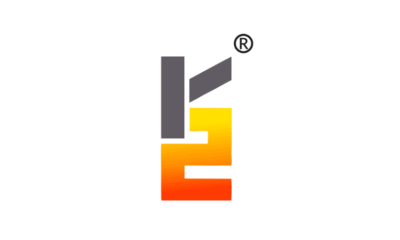News
Charging technologies in electrical vehicles

Source:https://evcd.in/charging-technologies-in-electrical-vehicles/
With EV sales gaining momentum all across the globe, the importance of charging infrastructure has also increased manifold. Over the years, charging technologies have evolved a great deal and today there are plenty of these available. Herewith, we present a snapshot of the key charging technologies for electric vehicles.
The gradual rise in the acceptance of EVs has added to the requirement of quality charging infrastructure which, in turn, has led to significant evolution of charging technologies over the past few years. There are various types of charging technologies available now all across the globe and each has its own importance depending on the requirement. The following are the key technologies:
- Conductive charging requires a direct contact between the charging outlet and the vehicle. The charging can be slow or fast as per the capacity of the charger.
- Inductive charging uses an electromagnetic (EM) field to transfer energy between two objects. The energy is transmitted through inductive coupling to electrical devices.
- Battery swapping is widely used in the public transport category. E-buses, e-rickshaw and many two-wheelers use this technology.
- Conductive charging: This requires a direct contact between the charging outlet and the vehicle. The charging can be slow or fast as per the capacity of the charger. The electric vehicle charging station uses chargers dispensing AC or DC charging. On-board chargers are already in the car, which convert the DC supply into AC before charging the EV battery whereas the off-board chargers are part of the electric vehicle supply equipment (EVSE). It directly supplies DC supply to the EV battery bypassing the on-board charger and hence can charge the EV faster.
- Inductive charging: It uses an electromagnetic (EM) field to transfer energy between two objects. The energy is transmitted through inductive coupling to electrical devices. These chargers are used with induction coils to create an alternating EM field from the charging base. The portable devices, such as cars or trucks, use a second induction coil to receive the EM field. These EM fields are converted back into electric current in order to charge the battery of EV. It can prove expensive while providing slow charging.
- Battery swapping: This technology is widely used in the public transport category. E-buses, e-rickshaw and many two-wheelers use this technology of battery swapping for faster boosting of energy and that, too, at an economical cost.
With the world nearing the adoption of EVs universally, there is a growing interest in the concept of dynamic charging of ‘vehicles on the move’. India is still currently struggling with the development of EV charging infrastructure across its major cities but the Government’s remains focused on pushing the EV industry into the next gear.

 News2 weeks ago
News2 weeks agoInfrastructure Automation Company Enlite Launches World’s First Patented Edge Controller for Intelligent Infrastructure

 News2 days ago
News2 days agoTWH Hospitality Announces Aggressive F&B Expansion Plan with ₹30 Cr Investment

 News2 weeks ago
News2 weeks agoIshara Art Foundation to Present Group Exhibition ‘Amphibian Aesthetics’ at Ishara House in Kochi

 News2 weeks ago
News2 weeks agoGodrej Properties Crosses FY26 Annual Business Development Guidance with Acquisition of 75-acre land parcel in Nagpur

 News3 weeks ago
News3 weeks agoMumbai Returns to Pre-Pandemic Investment Levels, Surpasses $1 Billion 4th Consecutive Year: Cushman & Wakefield

 News3 weeks ago
News3 weeks agoGurugram Premium Segment Drives Projected Rs 6.65 Lakh Crore Market: ANAROCK

 News2 weeks ago
News2 weeks agoReal Estate Investment Momentum in APAC, India to Hold Steady Through 2026: Colliers’ Survey Insights

 News2 weeks ago
News2 weeks agoK2 Infragen Delivers Robust H1 with 76.5% Revenue Growth, 70% Profit Jump







































